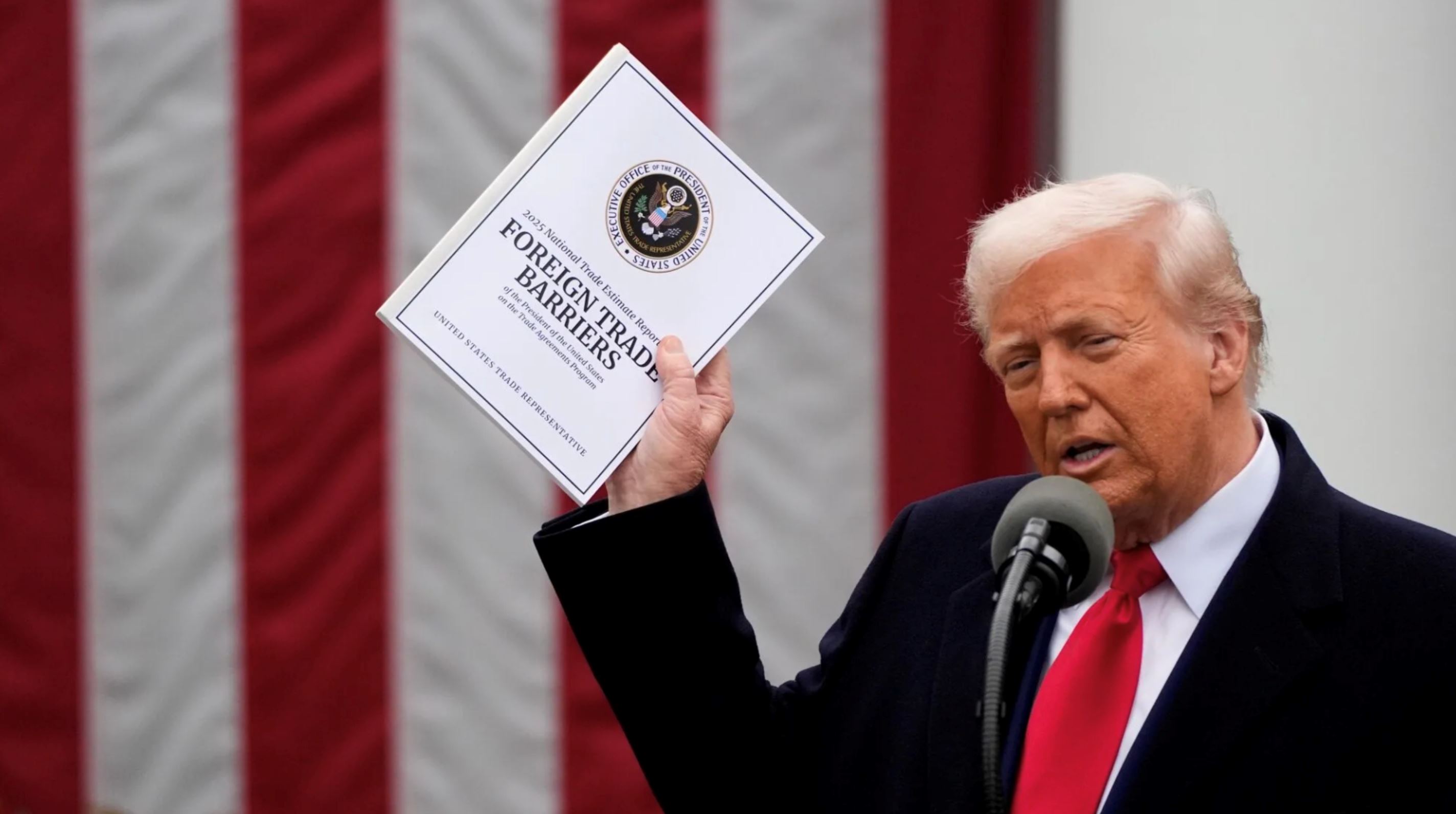When US President Donald Trump announced a fresh wave of tariffs on countries across the globe, the news sent ripples through world markets. Traders reacted nervously, currencies wavered, and policymakers scrambled to assess the potential damage.
Many nations saw the move as a stark reminder of the volatility in global trade relations under Trump’s administration.
 Photo via BNN Bloomberg
Photo via BNN Bloomberg
The tariffs, intended to address what Trump calls “unfair” trade practices, targeted a long list of US trading partners. From Asia to Europe, the new rates raised concerns about export competitiveness, possible retaliatory measures, and the knock-on effects for jobs and economic growth. Countries like Canada and Switzerland were hit with some of the steepest rates, while others, such as Mexico and China, were temporarily spared as negotiations continued.
Malaysia, which had been bracing for the worst, saw its tariff rate adjusted downward. Initially, Trump imposed a 24% tariff on Malaysian goods, later increasing it to 25% in early July. This placed Malaysia in the 11th spot on his published tariff table. The sharp increase prompted urgent talks between Malaysian Prime Minister Datuk Seri Anwar Ibrahim and Washington, aiming to secure a fairer outcome.
The breakthrough came when the US confirmed a reduction in the rate from 25% to 19% for Malaysian imports. While the figure, in Trump’s words, is still “far less” than what he deemed necessary to eliminate America’s trade deficit with Malaysia, the lower rate was welcomed as a relief by Malaysian exporters. The revised tariff will apply to most goods entering the US, with exemptions for certain sectors such as semiconductors.
In the wider region, Singapore’s absence from the tariff list caught attention, suggesting it will maintain its default reciprocal rate of 10%. Meanwhile, new US tariff rates for other countries include Japan (15%), South Korea (15%), Taiwan (20%), India (25%), Canada (35%), Iraq (35%), Switzerland (39%), and Syria (41%).
Although global markets remain watchful, Malaysia’s reduced tariff rate offers a glimmer of optimism. For Malaysian businesses, it means improved competitiveness in the American market compared to other heavily tariffed nations. For consumers in both countries, it could mean more affordable goods and a steadier flow of trade — a small but positive outcome in an otherwise turbulent chapter for international commerce.
